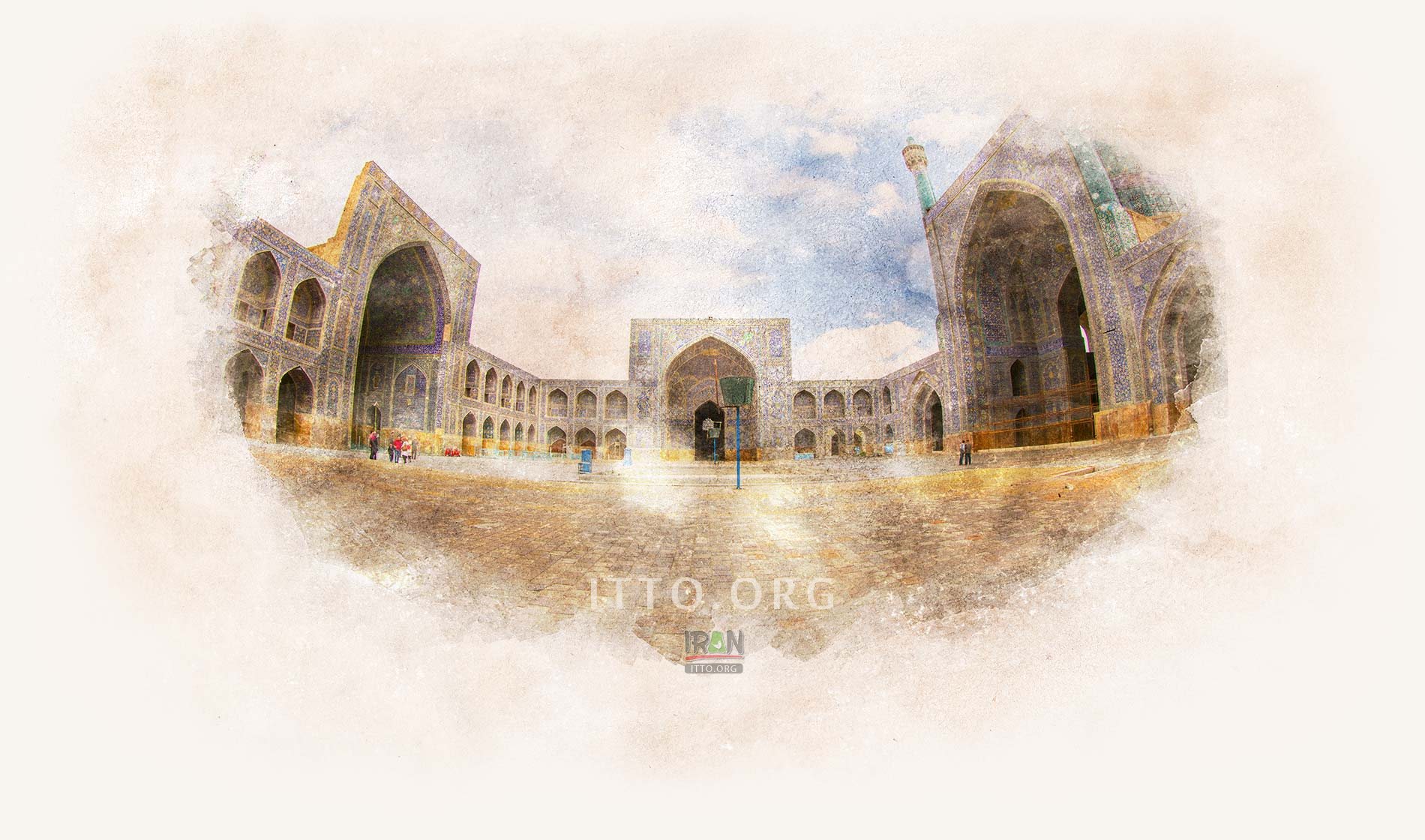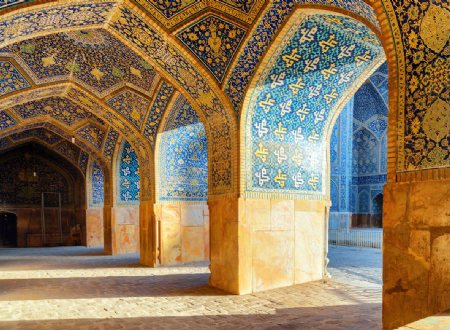The Masjid-i Imam, formerly known as Masjid-i Shah (Shah Mosque) also known as Jame Abbasi Mosque, Masjid Soltani and Royal Mosque regarded as a masterpiece of Persian architecture in the Islamic era. Located at the heart of the city of Isfahan, alongside of the Naqsh-e Jahan square. This mosque is considered one of the most important historical Mosques in Isfahan, which was built during the Safavid era under the rule of Shah Abbas the Safavid King. In terms of architecture, it is also the most important display of Persian architecture in Islamic era. This structure is the everlasting masterpiece in terms of architecture, tiling and carpentry. In 1931 Shah Mosque was registered as one of Iran’s National Monuments. And was also registered as a UNESCO World heritage site along with Naqsh-e-Jahan square.
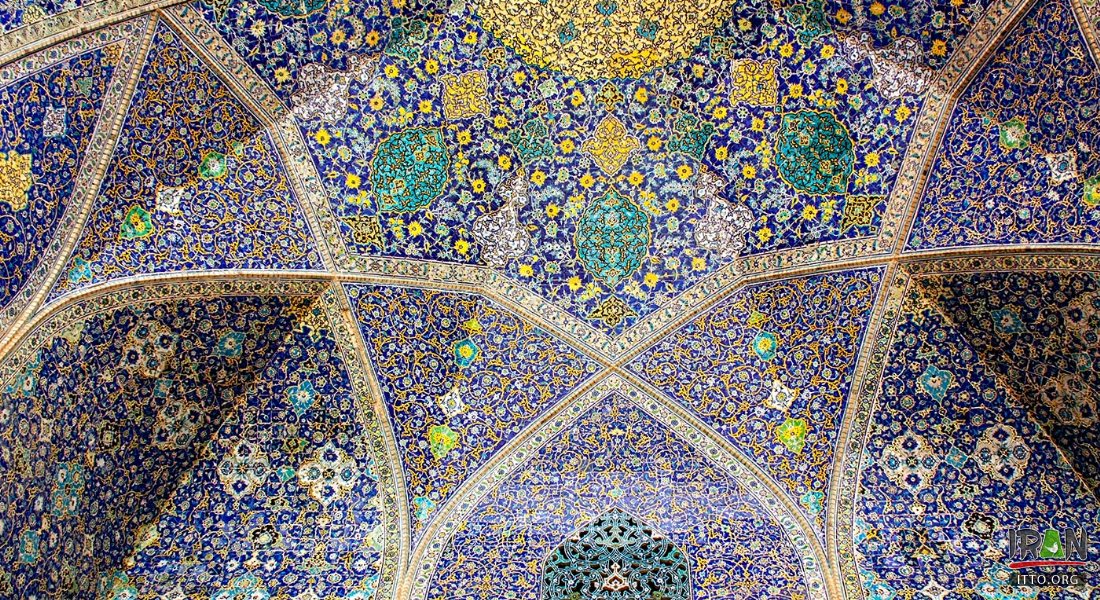
This elegant mosque, with its iconic blue-tiled mosaics and its perfect proportions, forms a visually stunning monument at the head of Esfahan's main square. Unblemished since its construction 400 years ago, it stands as a monument to the vision of Shah Abbas I and the accomplishments of the Safavid dynasty.
Imam Mosque of Isfahan is one of the everlasting masterpieces of architecture in Iran. Construction of the Masjid-i Shah began in 1611 under Shah 'Abbas, and was completed around 1630 during the rule of Shah Safi, 'Abbas's successor, who ruled from 1629 to 1642. By building this mosque Shah Abbas intended to rest his ancestor’s soul, Shah Tahmasb, in peace.
Later, in 1638, marble dadoes were added to the structure. Much is known about the people who were involved in the mosque's construction from the inscriptions installed on the building, which identify Badi' al-Zaman Tuni as responsible for the building plans and site arrangement, 'Ali Akbar Isfahani as the engineer, and Muhibb 'Ali Beg as the general contractor.
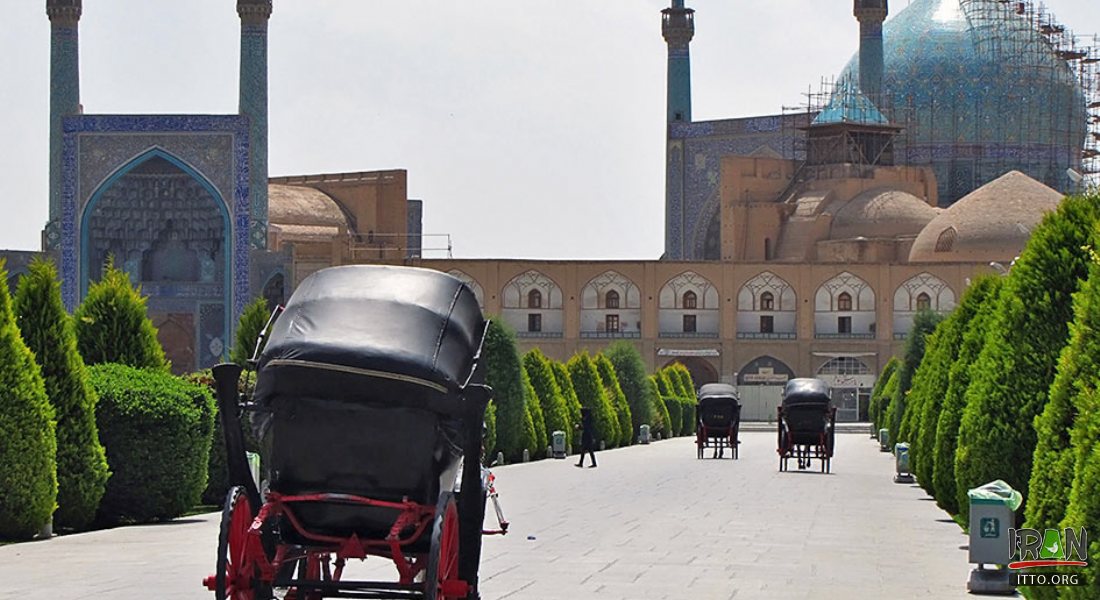
Imam Mosque (Masjid-e Jam 'e Abbasi), also called Masjid-e Shah (Royal Mosque) before the victory of Islamic Revolution, is one of the finest and the most stunning buildings in the world standing in south side of Naghsh-e Jahan Square (Isfahan).
Imam Mosque consists of two structures: gorgeous entrance gate with two minarets and the main building of the mosque with a big dome and minarets as well. The mosque yard lies between them. The entrance is made in a shape of iwan – vaulted structure, the distinct feature of Islamic architecture of Seljuk and Safavid dinasties.
One of the prominent features of Imam Mosque is its peculiar orientation. While that time most of the important buildings were built facing towards Mecca, the entrance of the mosque leads another way. But after entering the entrance gate of the mosque, one makes a slight turn to the right as the portal leads him, and coming out in the yard of the mosque, faces exactly Mecca direction. Due to this trick, both structures – the entrance and the main dome of the mosque, are equally visible from the square, not blocking the view of each other.
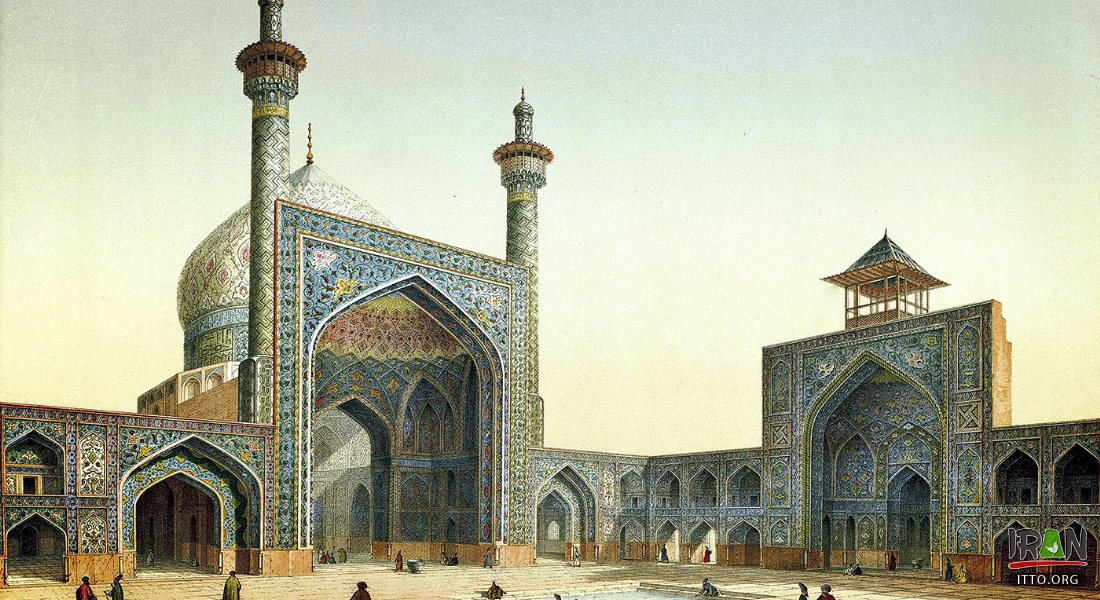
The construction of this mosque started in the early 17th century and is beautifully decorated with seven colored wall tiles, creating stunning mosaic patterns and calligraphy.
The unique architectural feature of the mosque – its acoustic properties. Anyone speaking under the dome will be clearly heard by anyone inside. The variety of blue colors in interior and exterior tiled walls became the signature of the mosque.
Under the central dome, right in the middle, you will find a stone that is not matching with the stone around it. This stone marks an important acoustic point in the Shah Mosque. From here the sound echoes loudly through the rest of the building, allowing the imam to speak at a lower volume but still be heard by everyone in the mosque. You can test the phenomenon out yourself by for example stamping on the ground on the stone, standing on the stone and clapping your hand or by dropping a book on the stone, you will hear the loud sound echoing through the mosque, something that seems to be tested by many of the touristic visitors of the mosque.
